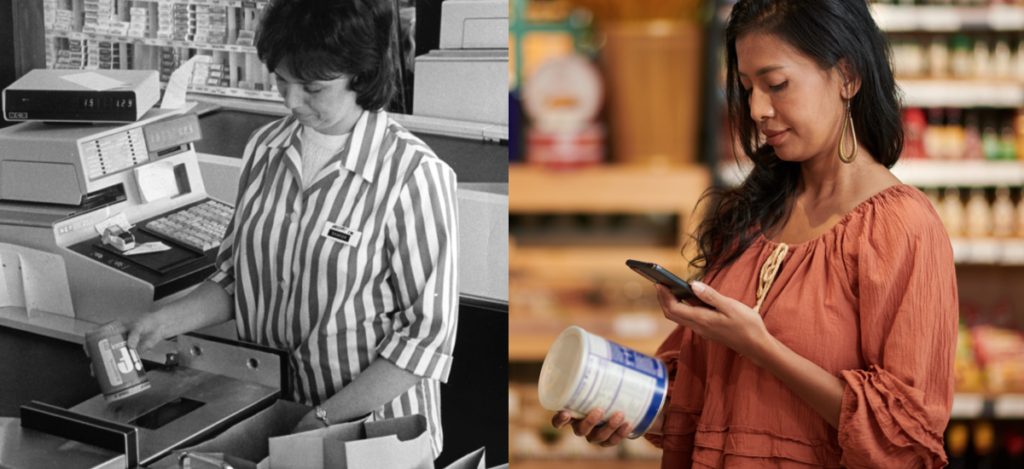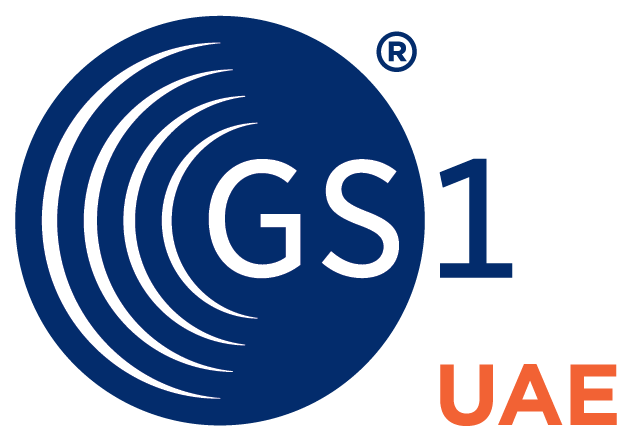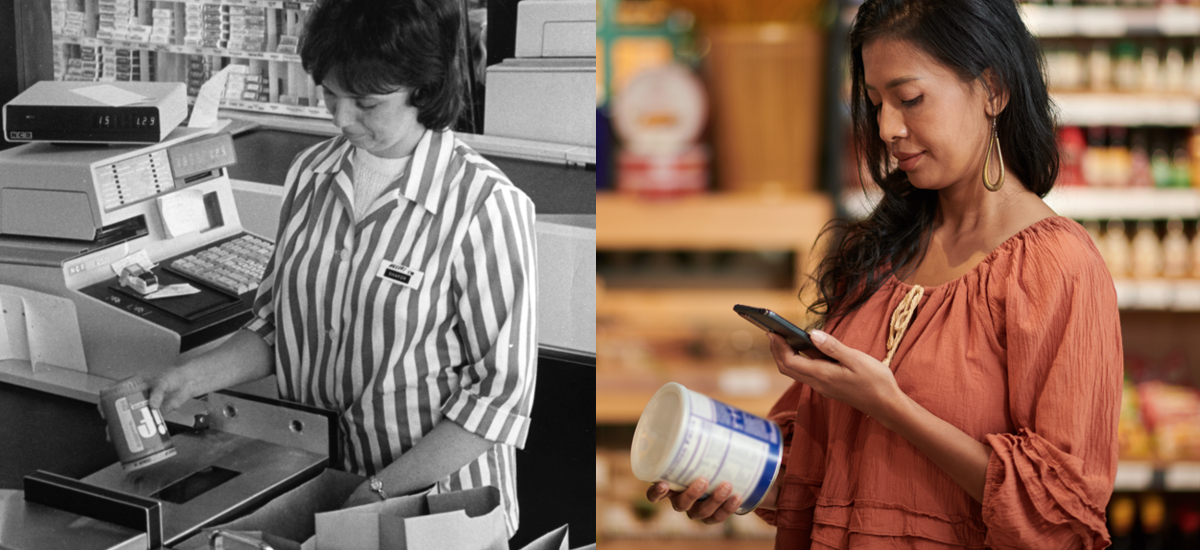50 years after the barcode was first scanned, 22 leaders from the world’s biggest companies sign a global joint statement calling for the transition to QR Codes with GS1 standards to revolutionise the consumer experience

On the 50th anniversary of the first barcode scan, 22 industry champions – including marketplaces such as Alibaba.com, retailers like Carrefour and brand owners like Procter & Gamble, are calling for the global adoption of QR Codes with GS1 standards. These QR Codes are expected to completely revolutionise the consumer experience.
Since the first scan in 1974, the collaboration between retailers and manufacturers through GS1 has led to the widespread adoption of the original barcode. This technology is currently the trusted universal method for product identification, with over 1 billion items carrying barcodes that are scanned more than 10 billion times daily, enhancing supply chain efficiencies worldwide.
Today, global industry leaders are again uniting in the transition to QR Codes with GS1 standards, a 2D barcode also known as QR Codes powered by GS1.
Revolutionising the consumer experience
Unlike traditional barcodes, QR Codes powered by GS1 can connect consumers to extensive amounts of product information to elevate their experience – including usage and recycling instructions, safety, nutritional information, and industry certifications.
With information easily accessible via smartphones, this opens a range of new possibilities for consumers, manufacturers, and retailers alike – providing all the information consumers need and desire, improving traceability, and driving efficiencies through the supply chain, while still enabling scanning at checkout.
QR Codes powered by GS1 should be widely adopted by the end of 2027
The companies who have joined forces with GS1 are a combination of leading brand owners, manufactures and marketplaces that have a combined market value of over $1.5 trillion USD. These companies operate in over 160 countries and reach billions of consumers worldwide – paving the way for the project’s success.
The goal of this collaboration is that by the end of 2027 QR Codes with GS1 standards should be widely adopted. To achieve this, manufacturers should start implementing QR Codes with GS1 standards on product packages, while retailers should ensure their point of sale (POS) scanners are equipped to read the new barcodes.
The shift has already begun with the new technology being tested in 48 countries across the world, representing 88% of the world’s GDP.
You can access the global joint industry statement here.
A press release, with industry quotes and media contact details is available here.
There are several types of next generation 2D barcodes. The QR Code is the most widely used in retail, while the GS1 DataMatrix is commonly used in healthcare.
To learn more about QR Codes powered by GS1’s, please visit this page.






